
Shipwreck
Episode 5
The allure of shipwrecks has drawn treasure hunters and historians alike, but what happens to the cargo they carry? This episode uncovers what happens when gold and silver are recovered from beneath the waves.
Modern cruises and sea travel are often sold to us today in terms of luxury. That has certainly not always been the case. Ocean travel for most of history has been difficult, people living in cramped, awful conditions. Yet, what role has coinage played onboard ship. How would you have managed in the golden age of sail? Perhaps more importantly, how would you have been paid if you went to sea?
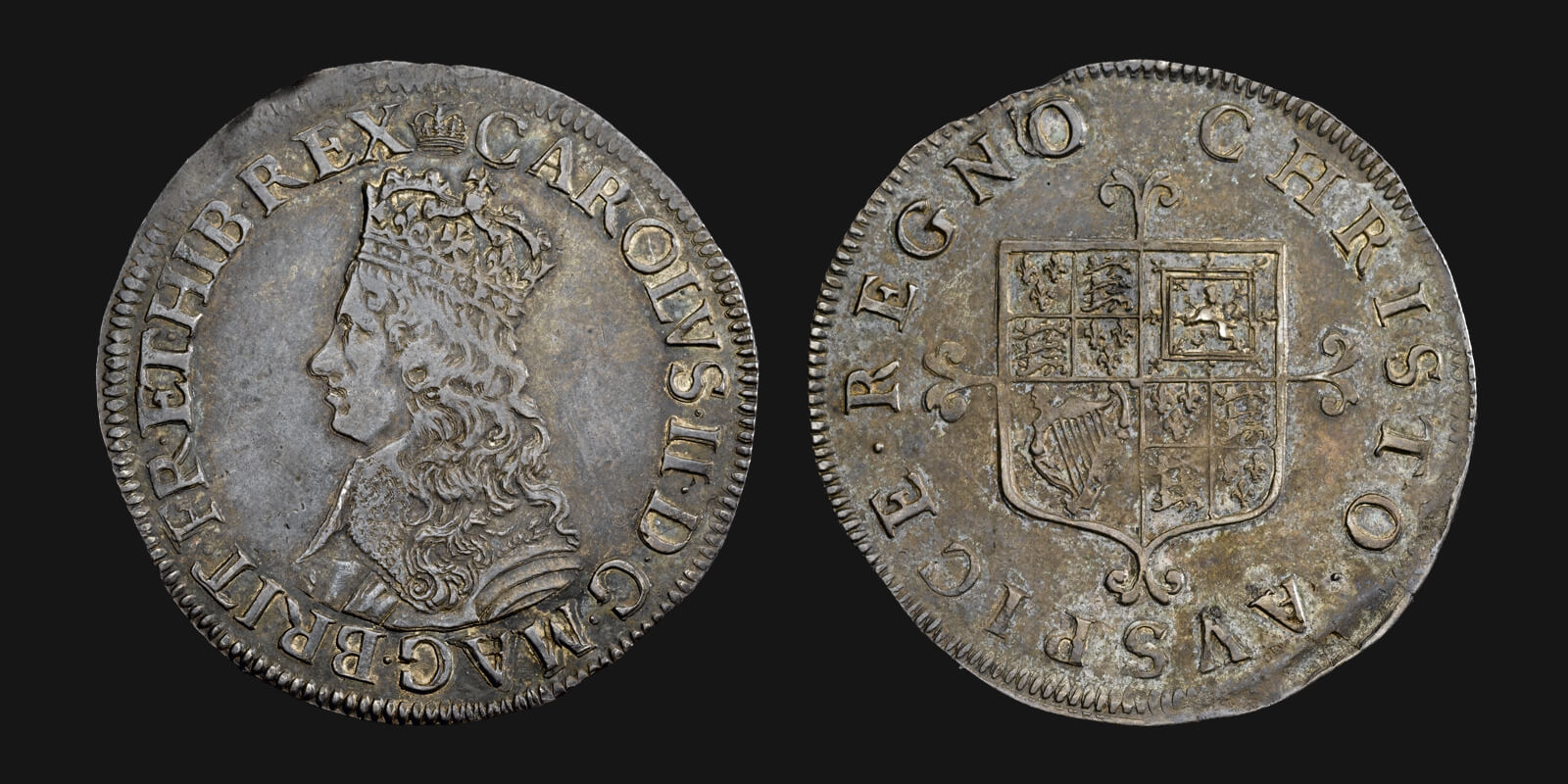
A shilling of Charles II, of the sort that popular misconception suggests might have been dropped in the flagon of an unwitting drinker to press-gang them into the navy. In truth, the reality of crewing your navy with inexperienced drunkards rendered this a poor, and largely-unused recruitment strategy.
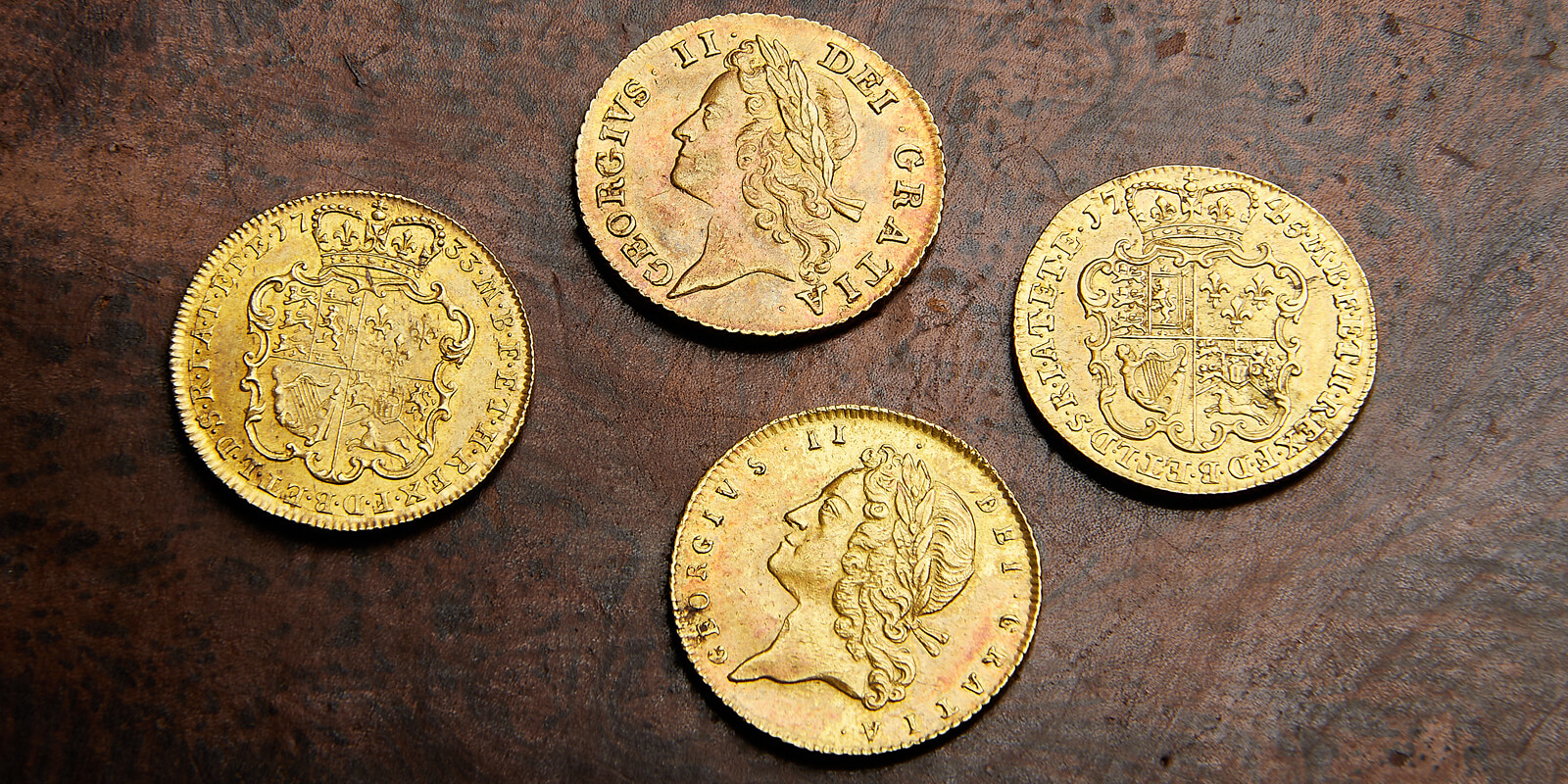
A collection of guineas, of the sort that could have been paid out as a bounty to new recruits, tempted into volunteering for the navy by the promise of a signing-on fee worth many years’ salary.
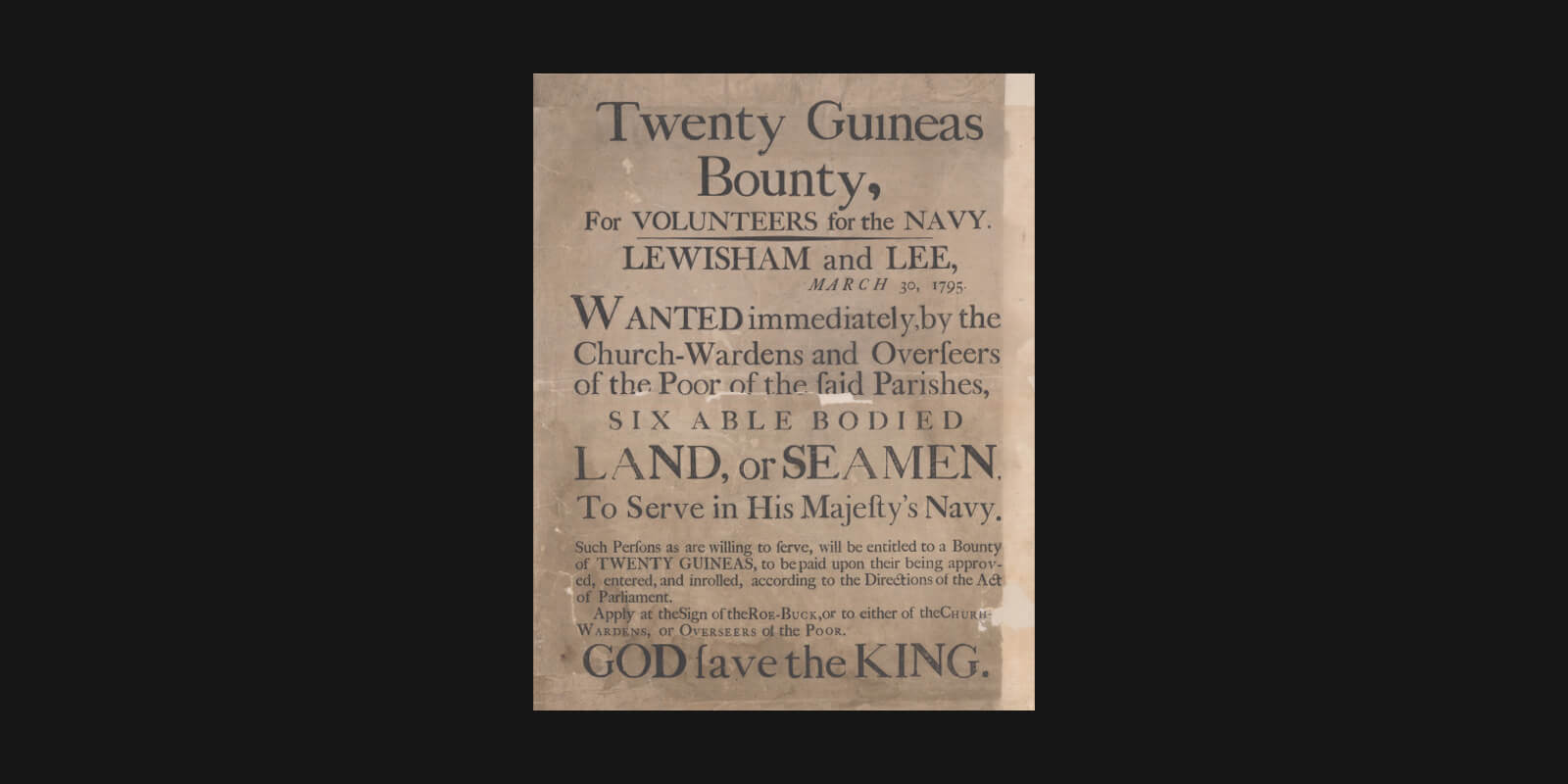
A rare Royal Naval recruiting broadside from March 1795 for the parishes of Lewisham and Lee, offering a 20 guineas bounty (approximately £1500 today) to new recruits. Courtesy of The National Museum of the Royal Navy.
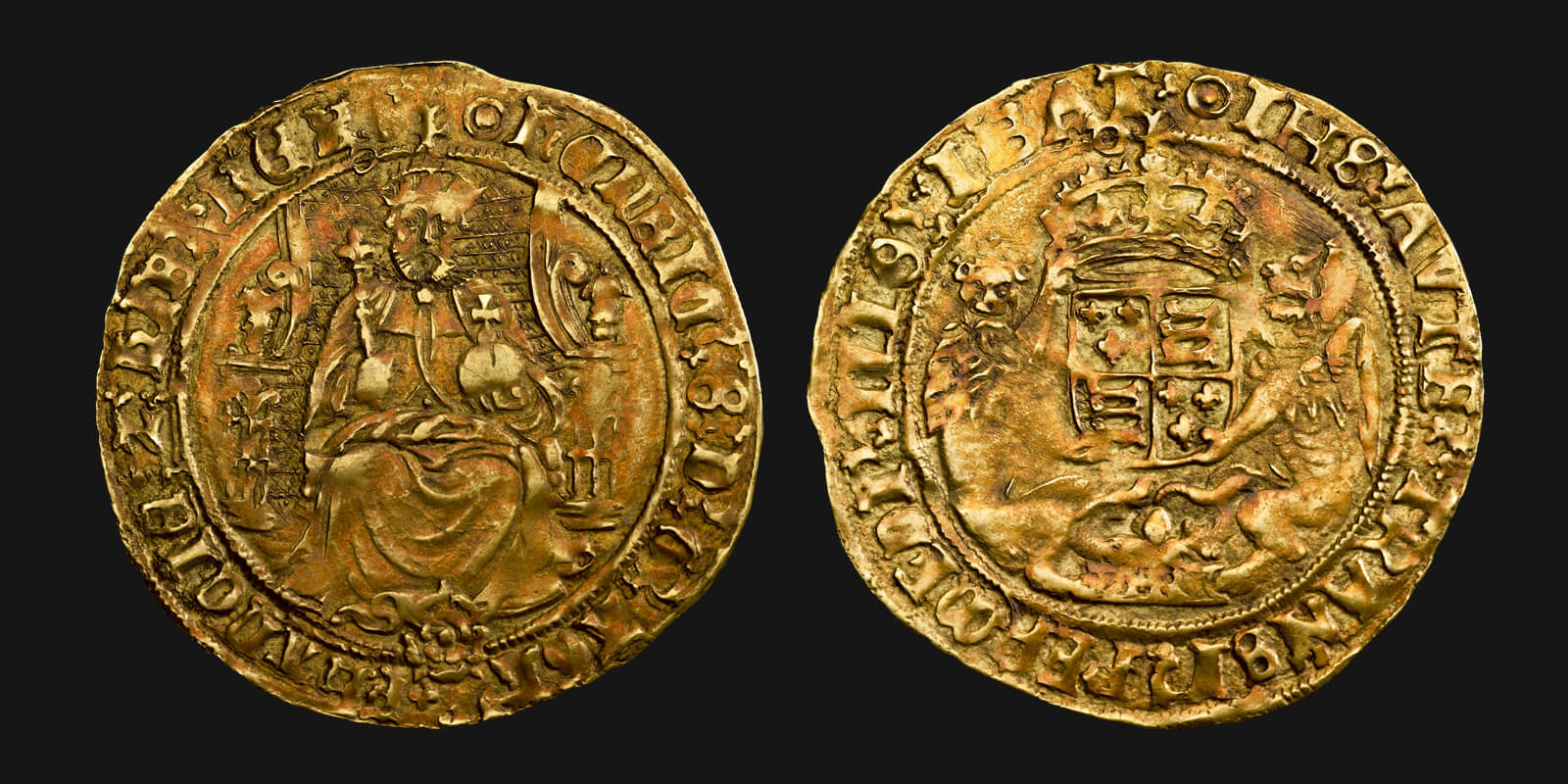
Half-sovereigns of this sort were among the coins found on the wreck of the Mary Rose. Half-sovereigns were only struck from 1544, so the Mary Rose’s sinking in 1545 means those recovered coins would have been among the first of the denomination struck, perhaps taken directly from the Tower to the ship.
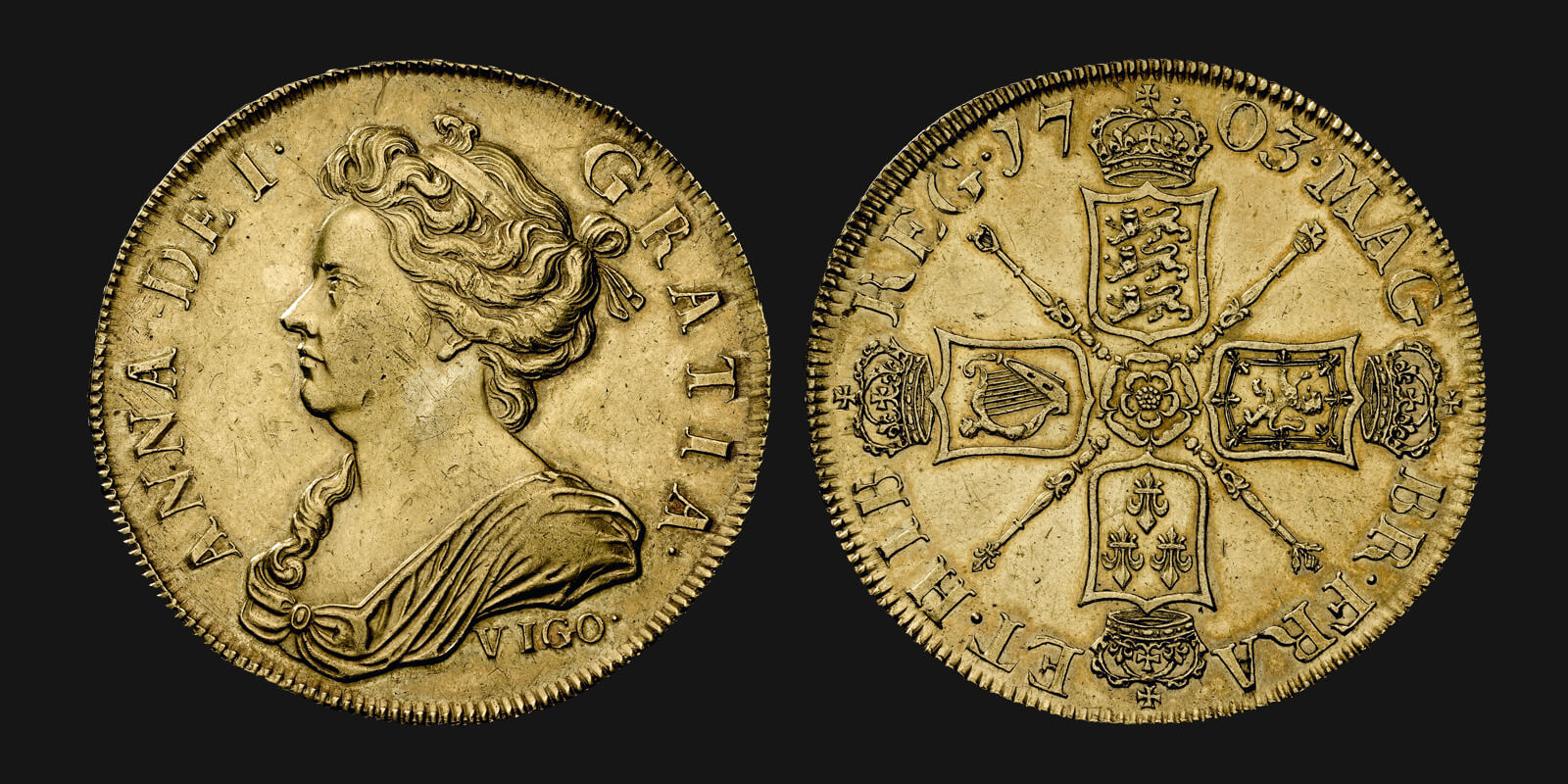
This 1703 VIGO Five Guinea Piece of Queen Anne is marked with VIGO below the bust, in reference to England’s victory at Vigo bay and the subsequent recovery of a very small amount of gold and silver to be used for coining.
Our guests in this episode were Stella New (Portland Museum), Victoria Ingles (National Museum of the Royal Navy) and Hannah Matthews (Mary Rose Trust). Click here to find out more about them.
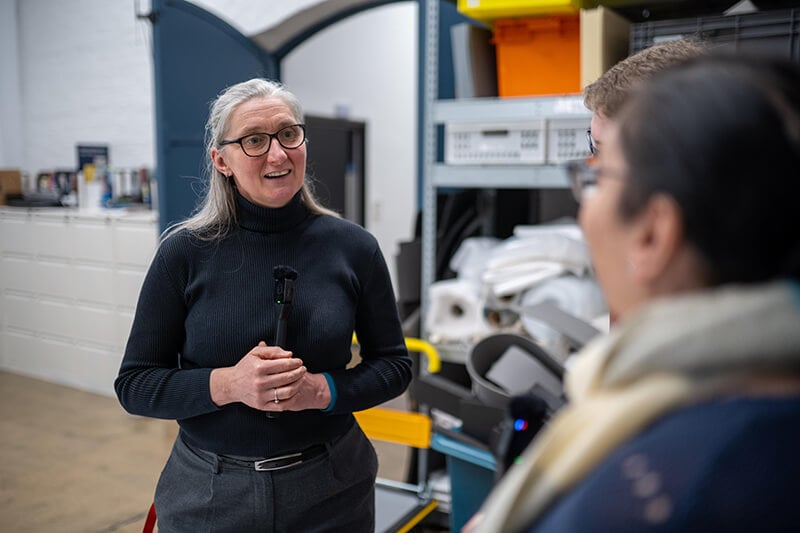
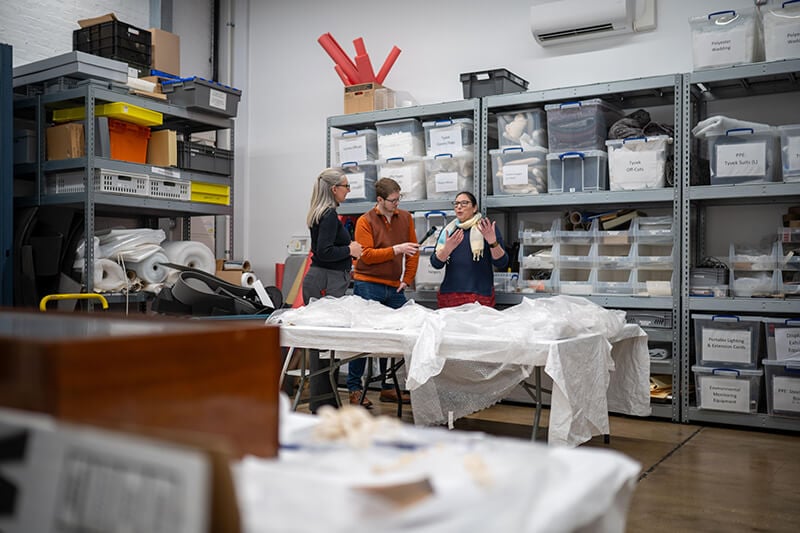
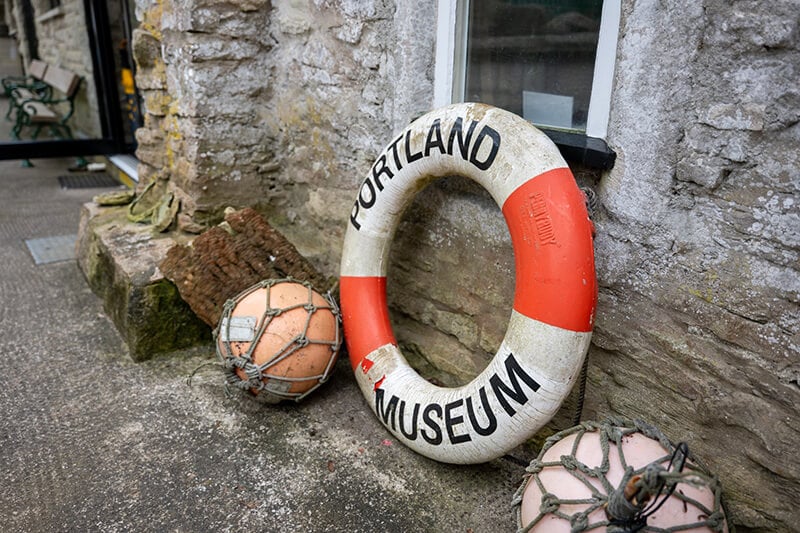
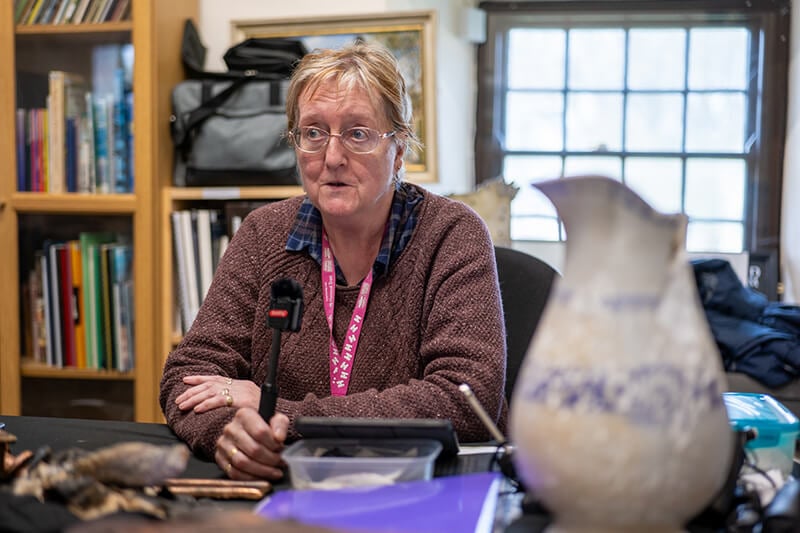
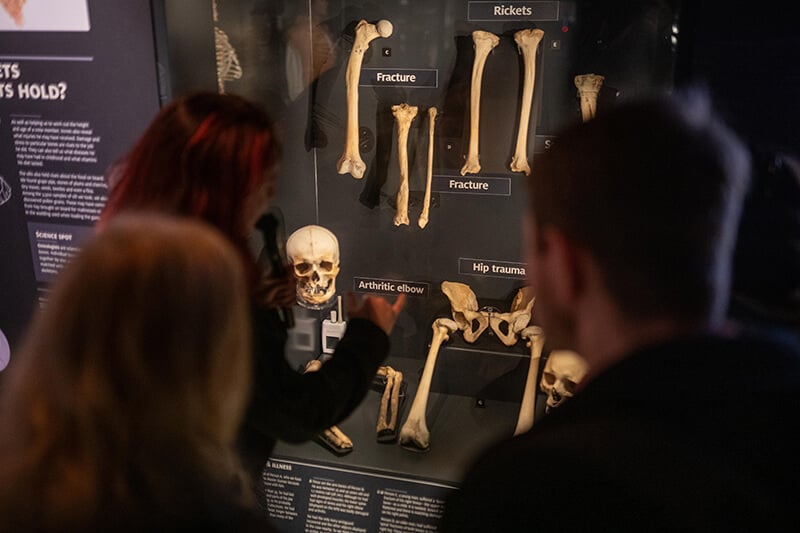
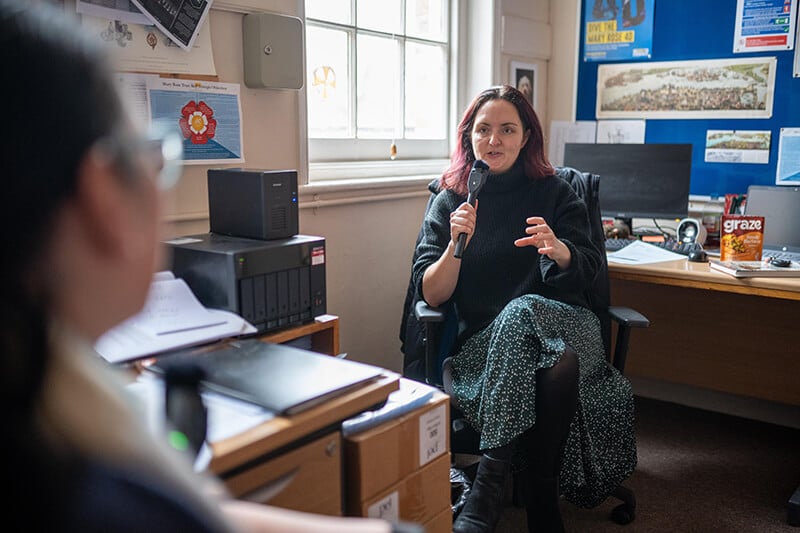
While many people joined the navy or took to merchant ships voluntarily, or for the promise of bounties and prize money, many people were also sent to sea involuntarily. Their stories can be found in some of the most personal items in the Royal Mint Museum collection: convict tokens. These large defaced coins are pieces of social history, which can tell us something about how people used and misused money. They were commonly created in the eighteenth and nineteenth centuries by convicted criminals who had been sentenced to transportation, to be left behind as mementos to loved ones.
Transportation was a punishment issued in Britain from 1787, where a convict was sentenced to be forcibly sailed to colonies in Australia. It was given in response to serious crimes and could be issued for a limited period of 7 or 14 years, or for life. In reality, even those with specific punishments would find it nearly impossible to buy passage back halfway across the world after serving their sentence. Transportation helped grow British colonies in places like New South Wales, particularly as transported criminals were required to undertake hard labour for the duration of their sentence. While some people regarded the punishment as more humane than hanging, the reality of life in the penal colonies was incredibly harsh. The voyage there also took over eight months, with convicts bound in chains and in cramped and wet conditions. Around one in twenty of them died on the journey in the late eighteenth century.
Convict Tokens are coins that prisoners sentenced to transportation carved into personal messages of love, loss and hope, to leave behind in Britain. It was highly unlikely that transported convicts would ever return to their family, and the tokens they carved left a permanent piece of themselves with their loved ones at home. Small, durable pieces of artwork, these tokens often contained short phrases or quotations, by which the prisoner might want to be remembered, or even images. Rising silver prices in the eighteenth century meant that base metal was used more frequently for low denomination coins. Cartwheel pennies, struck by Matthew Boulton’s Soho Mint, offered an ideal canvas.
Convict tokens were typically made from copper coins like the cartwheel penny, which were easy to come by and a soft enough metal to manipulate. The convicted person would smooth down one or both sides of the coin by rubbing it against a coarse surface like stone, working away the relief and erasing the Britannia design. The prisoner could then engrave a design on the newly-blank surface using simple tools like nails or rocks. Inevitably the quality of engraving varied considerably depending on the artistic skill of the individual. Engraving was a specialist skill, and one generally restricted to those who had the money and upbringing to learn an artisanal trade. Even so, many of the tokens produced contained images of remarkable quality, often including self-portraits, or pictures of ships and the sea in relation to their forthcoming fate. Short messages or phrases also featured frequently, reminding the bearer to think of the transported person, or promising an eventual but unlikely reunion.
Episode 5
The allure of shipwrecks has drawn treasure hunters and historians alike, but what happens to the cargo they carry? This episode uncovers what happens when gold and silver are recovered from beneath the waves.
Episode 6
Pirates, privateers and general rogues of the sea have been long associated with chests overflowing with coins. But did they really make their fortunes in shining silver, and are there chests of treasure out there waiting to be found?
Episode 1
Whether in warships or life saving, Britain’s naval heritage has had a lasting impact on its currency for centuries. In this episode, explore the story of British naval history through coins of the past.

